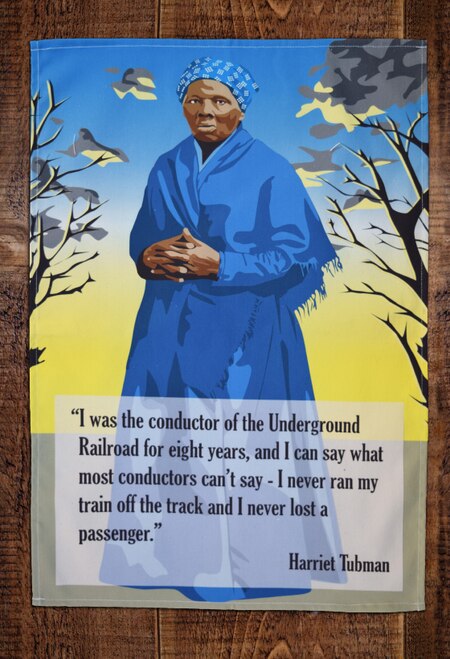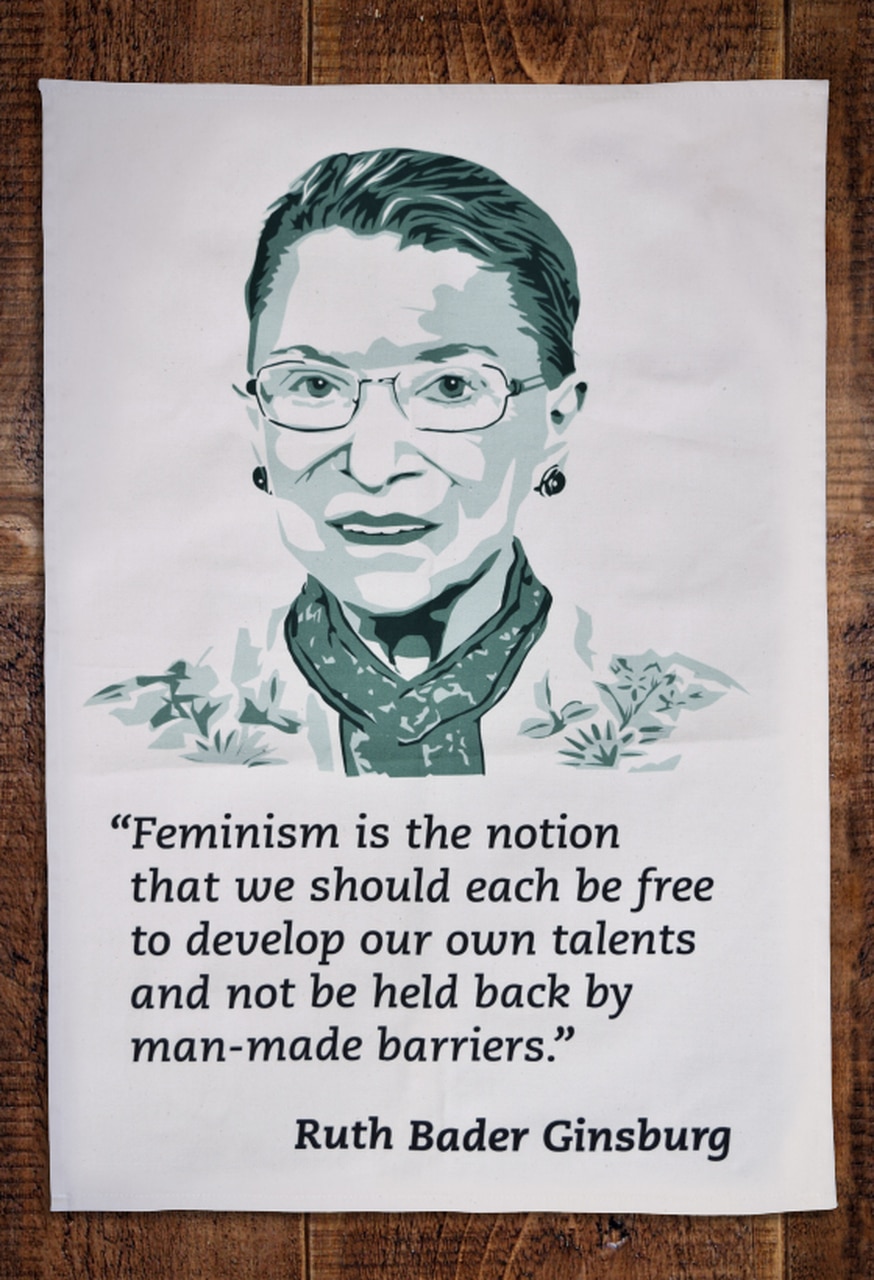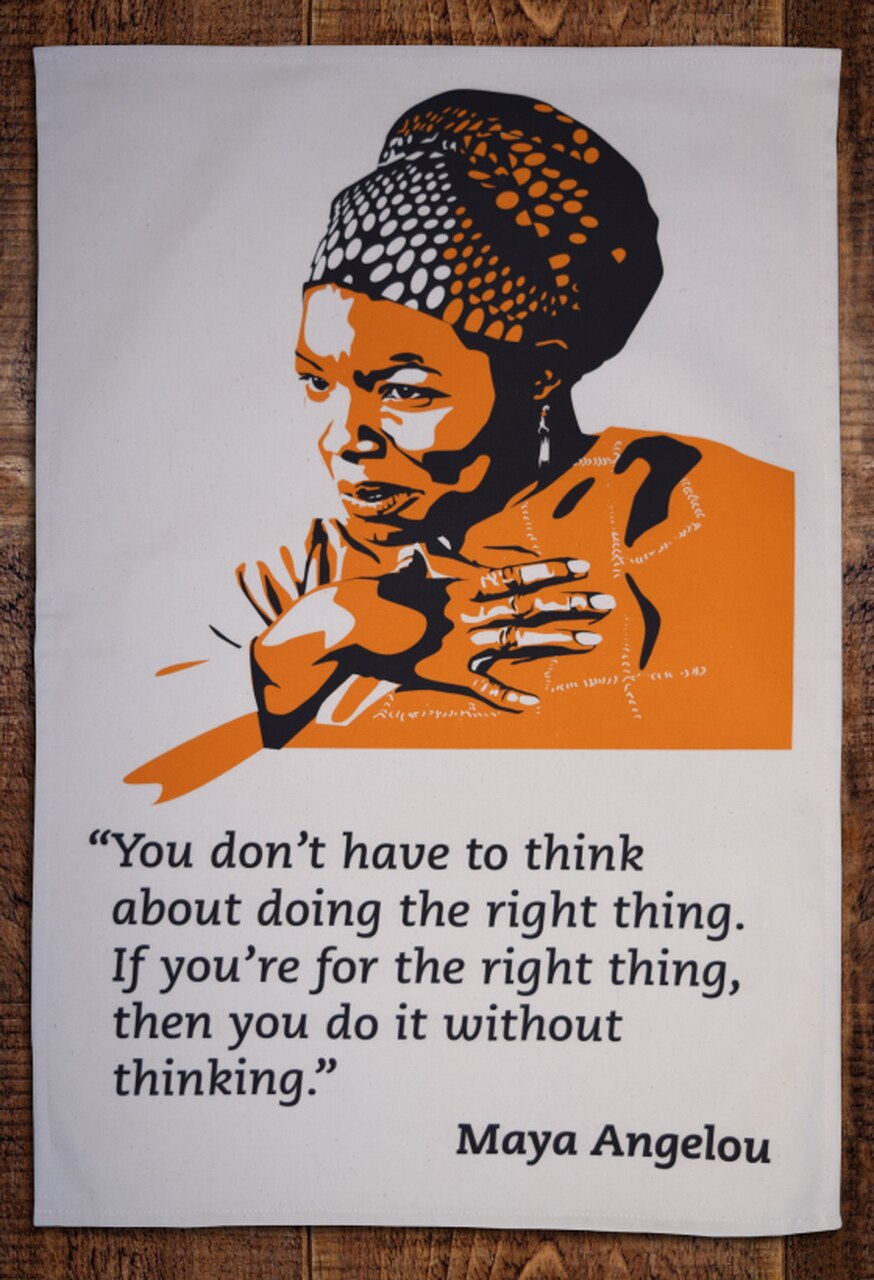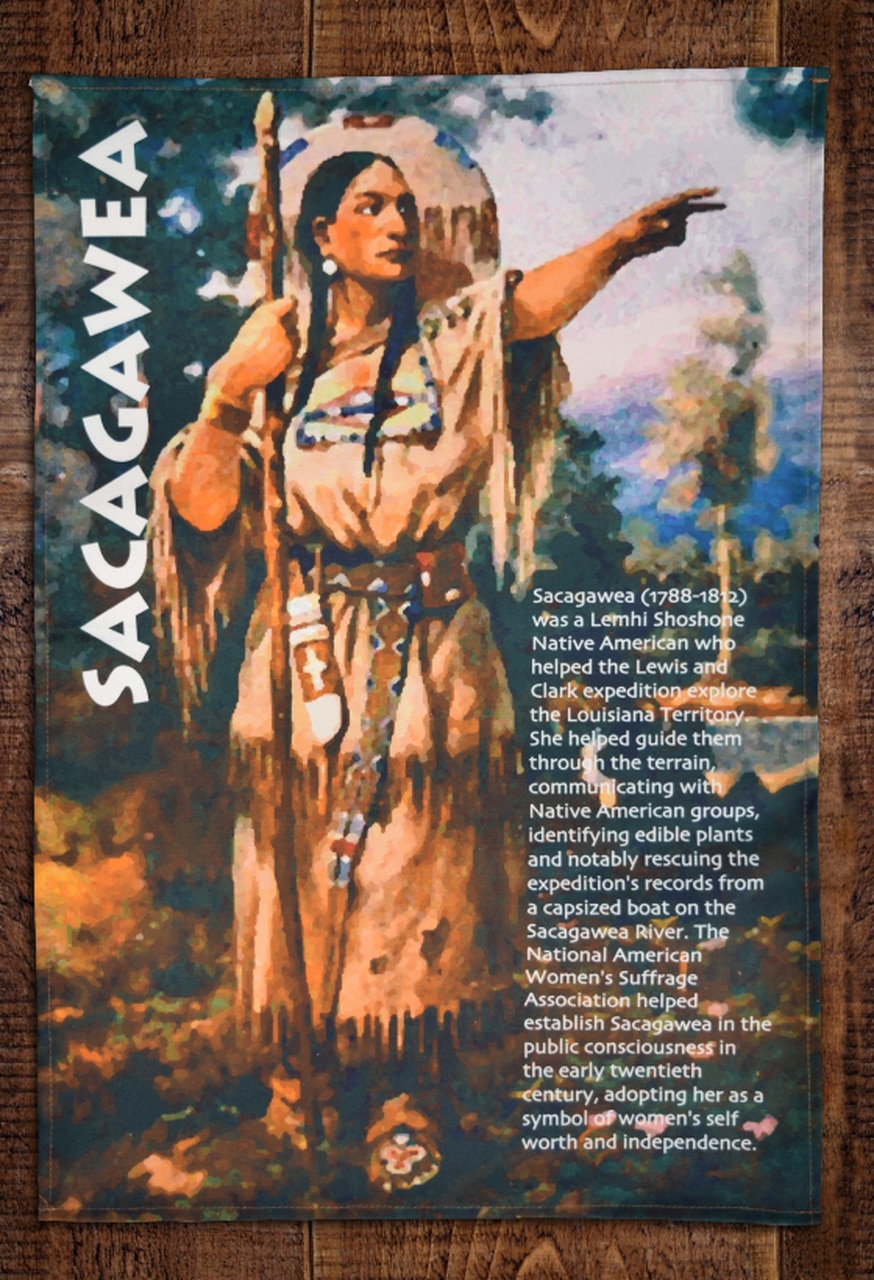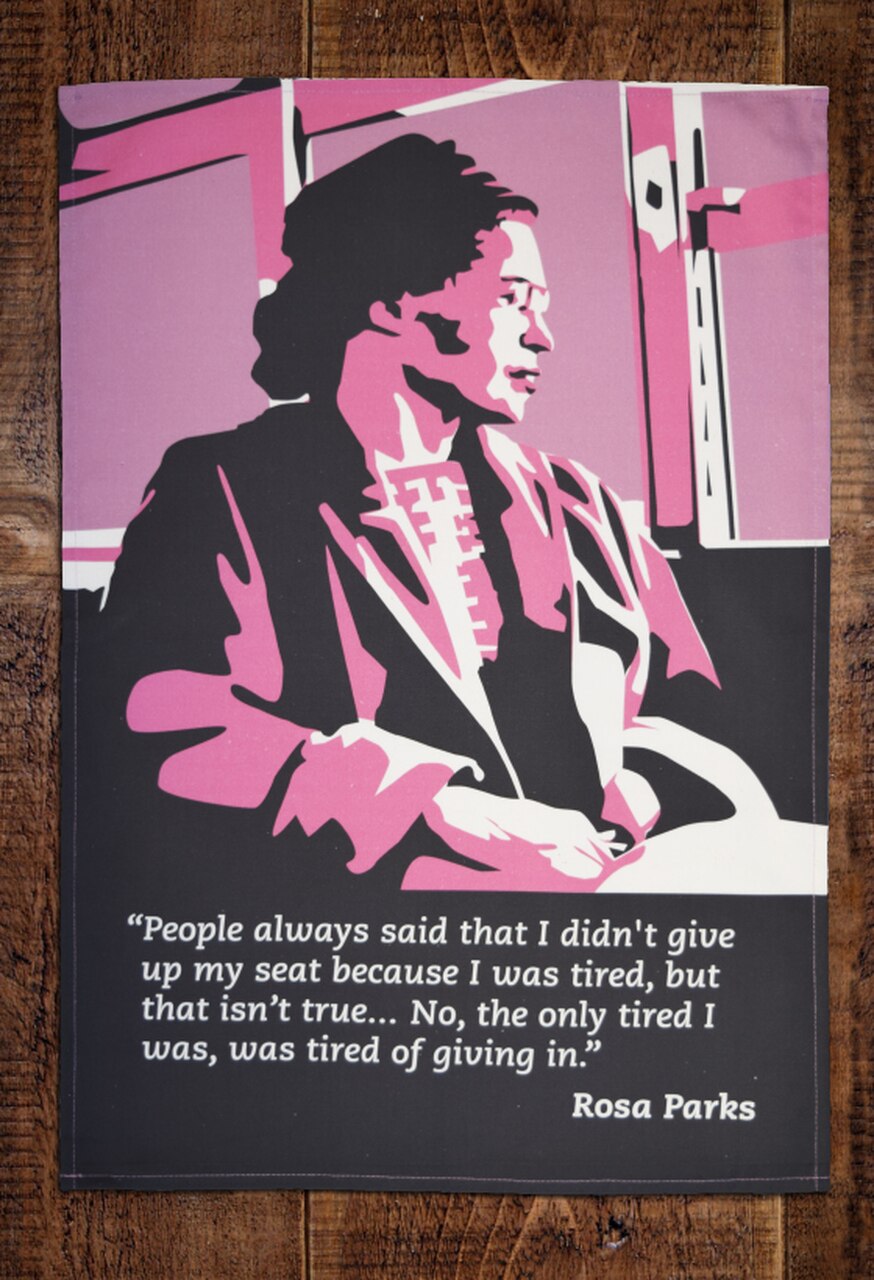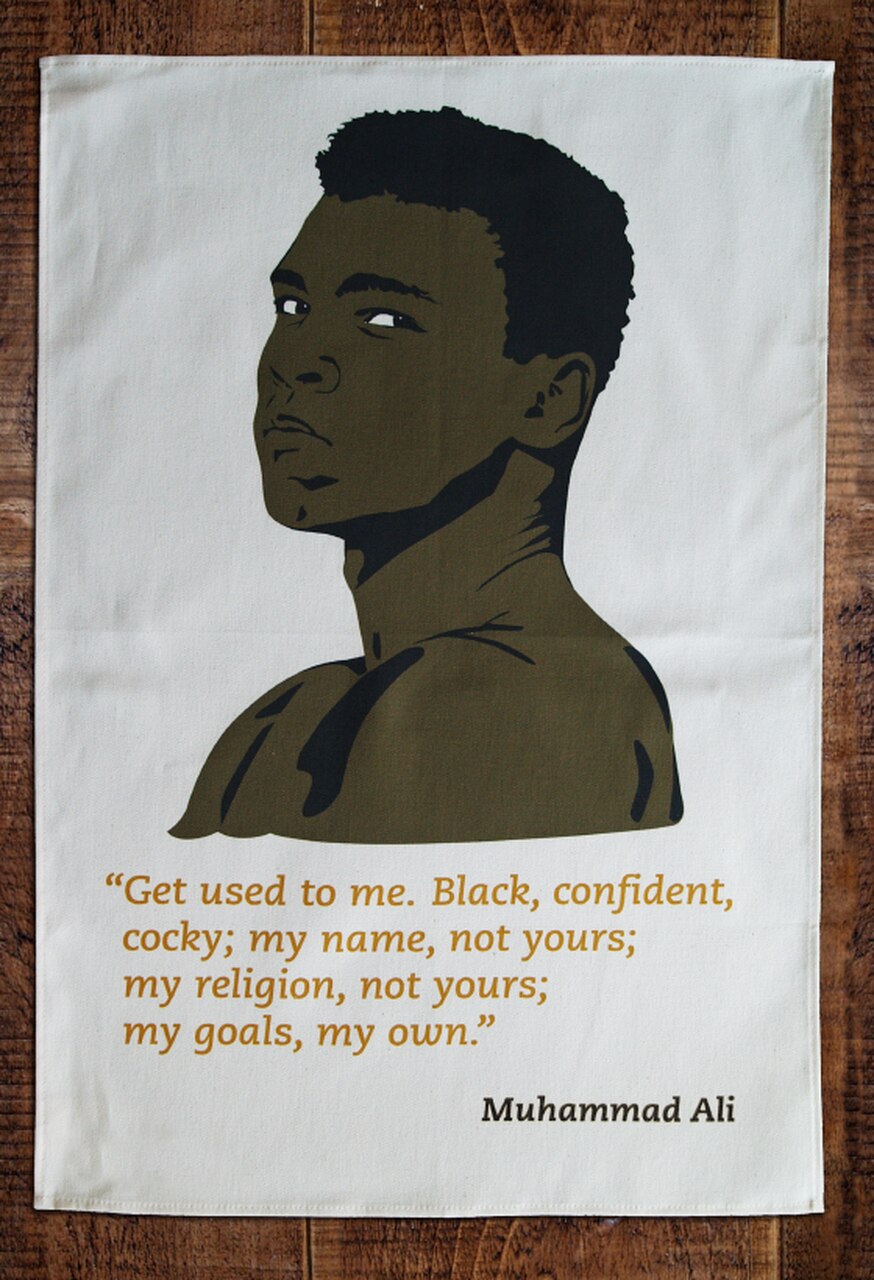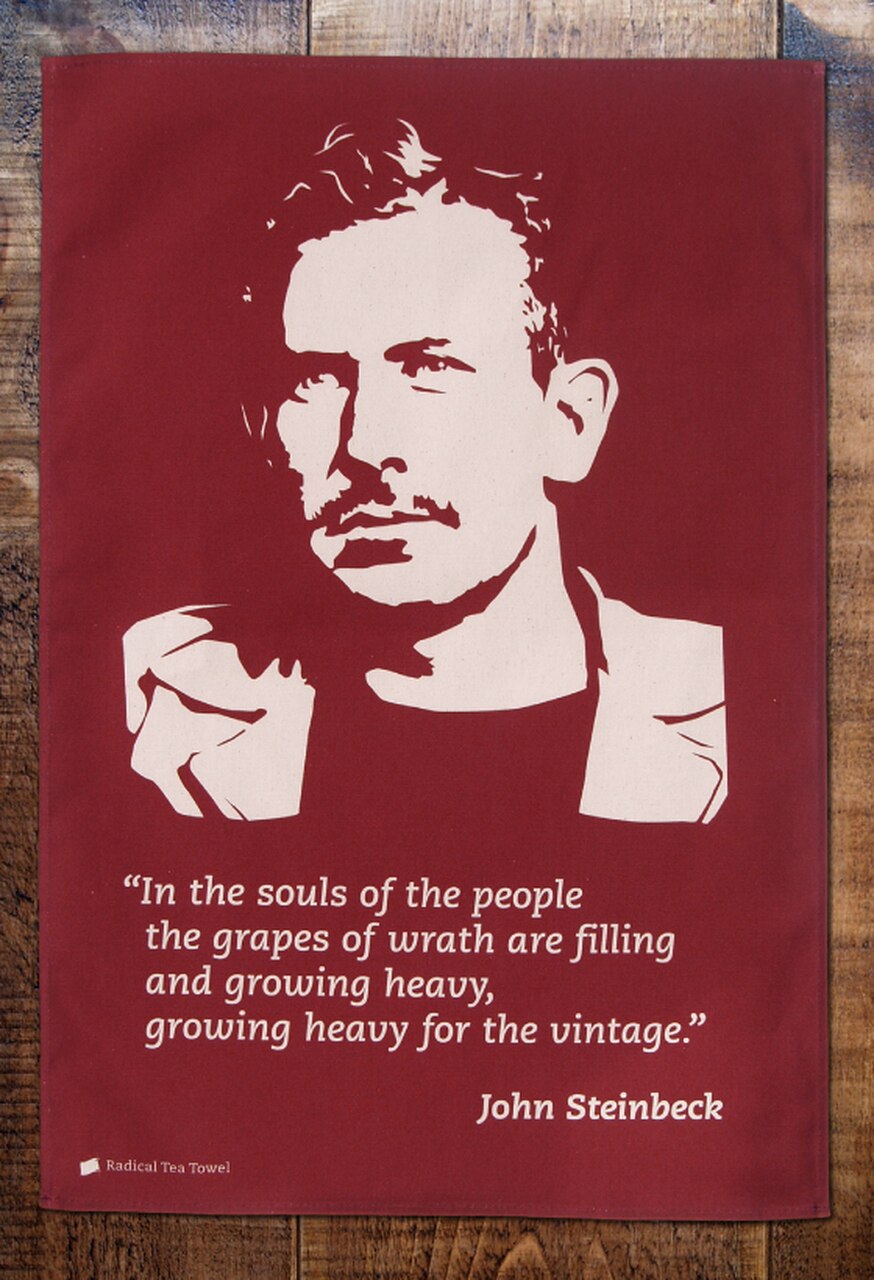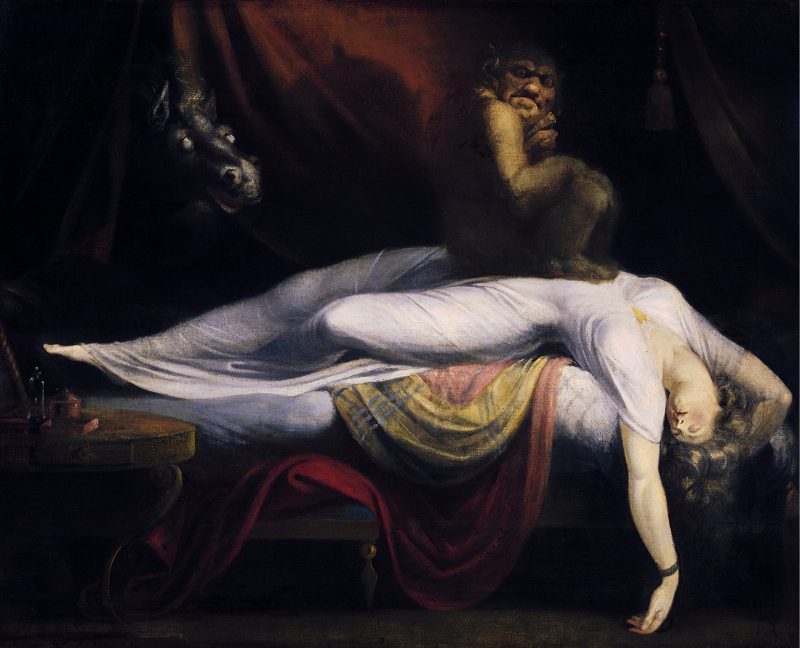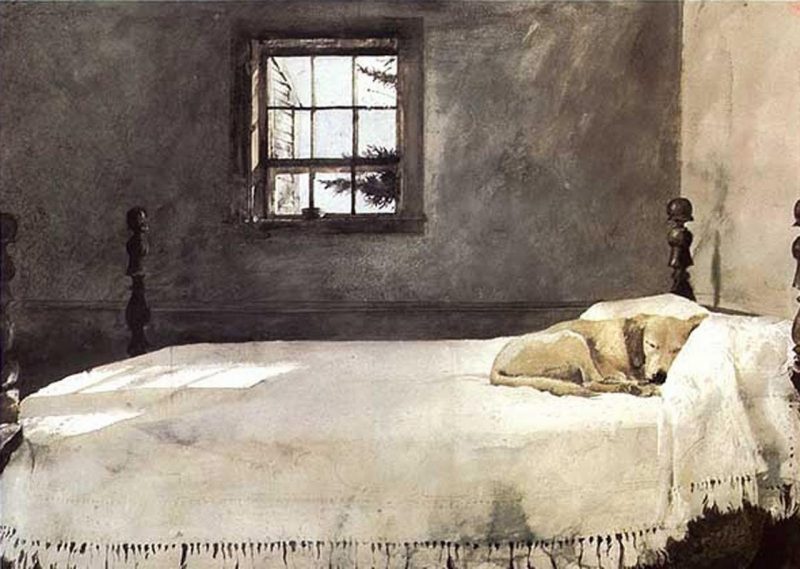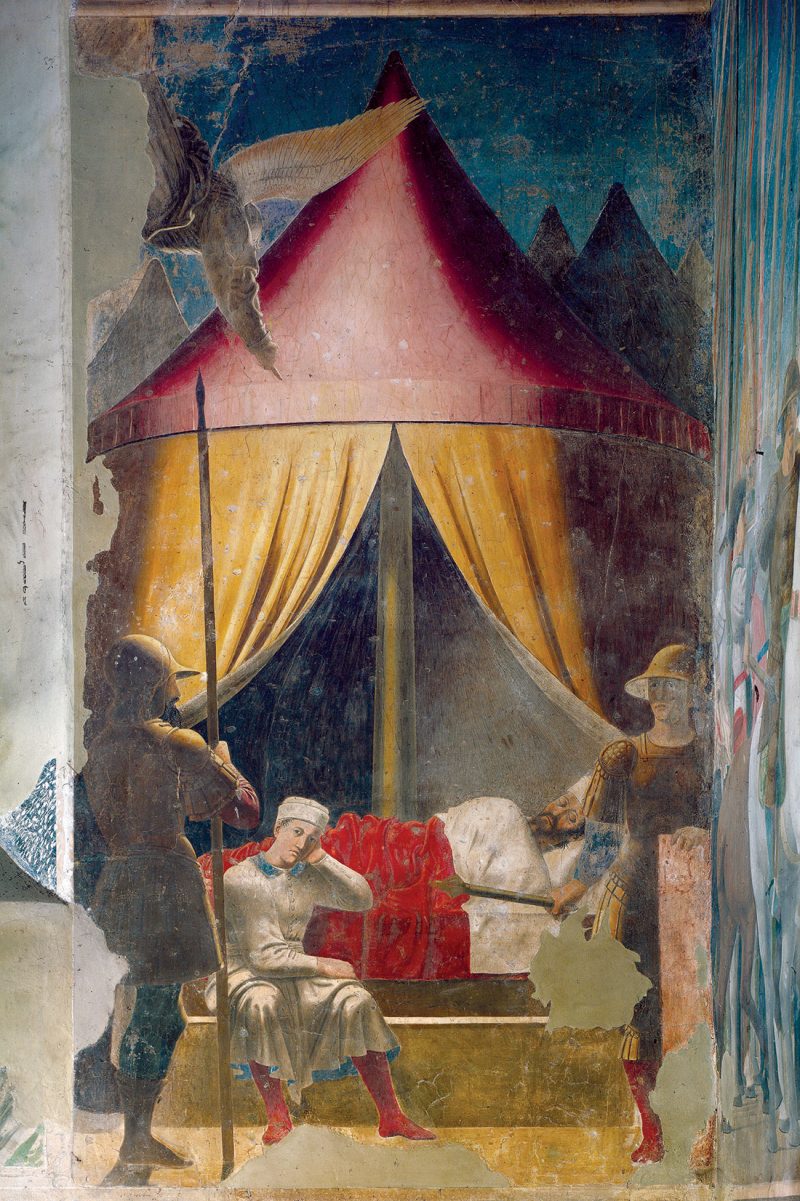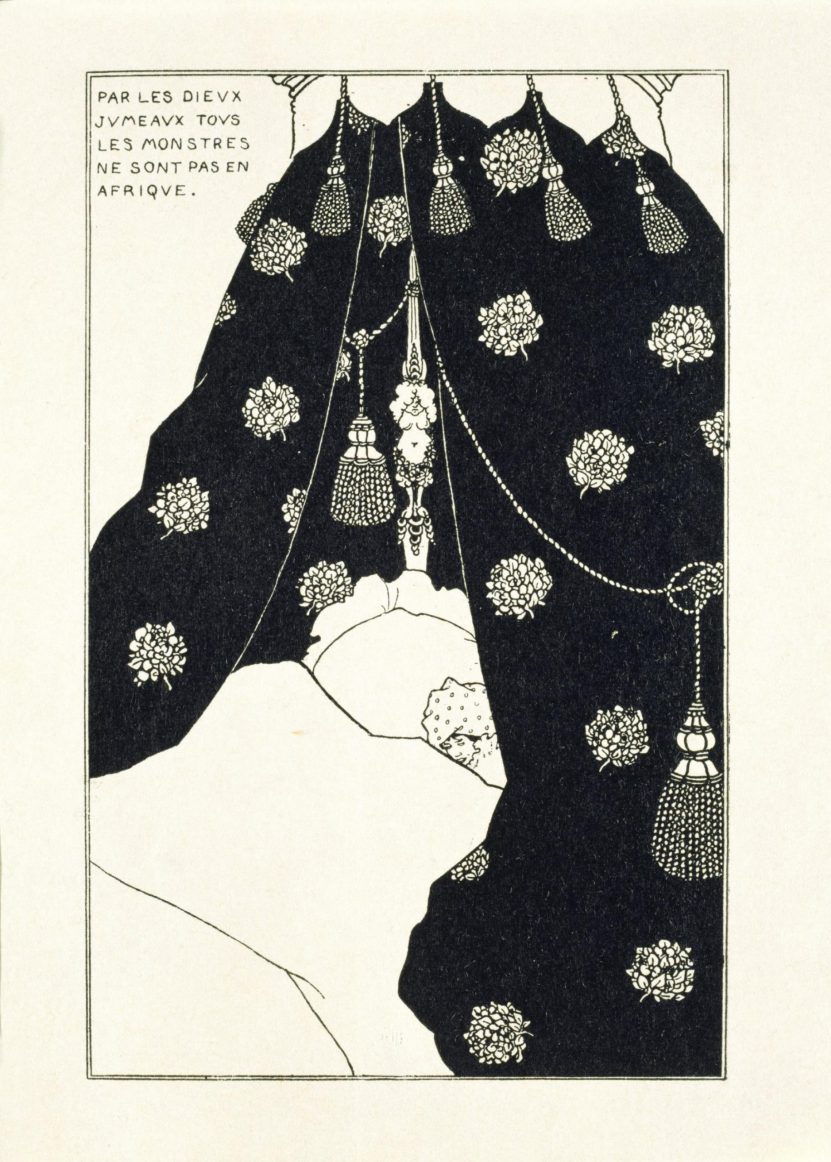We all know, on the deepest level, what we have the potential to achieve; once in a great while, we even catch glimpses of just what we could do if only we put our minds to it. But what, if anything, does it mean to “put our minds to it”? In breaking down that cliché, we might look to the example of Bill Murray, an actor for whom breaking down clichés has become a method of not just working but living. In the 2015 Charlie Rose clip above, Murray tells of receiving a late-night phone call from a friend’s drunken sister. “You have no idea how much you could do, Bill, if you could just — you can do so much,” the woman kept insisting. But to the still more or less asleep Murray, her voice sounded like that of “a visionary speaking to you in the night and coming to you in your dream.”
Through her inebriation, this woman spoke directly to a persistent desire of Murray’s, one he describes when Rose asks him “what it is that you want that you don’t have.” Murray replies that he’d “like to be more consistently here,” that he’d like to “see how long I can last as being really here — you know, really in it, really alive in the moment.” He’d like to see what he could do if he could stay off human auto-pilot, if he “were able to not get distracted, to not change channels in my mind and body, so I would just, you know, be my own channel.” He grounds this potentially spiritual-sounding idea in physical terms: “It is all contained in your body, everything you’ve got: your mind, your spirit, your soul, your emotions, it is all contained in your body. All the prospects, all the chances you ever have.”
Murray had spoken in even more detail of the body’s importance at the previous year’s Toronto International Film Festival. “How much do you weigh?” he asked his audience there, leading them into an impromptu guided meditation. “Try to feel that weight in your seat right now, in your bottom right now.” If you can “feel that weight in your body, if you can come back into the most personal identification, a very personal identification, which is: I am. This is me now. Here I am, right now. This is me now.” The idea is to be here now, to borrow the words with which countercultural icon Ram Dass titled his most popular book. But Murray approached it by reading something quite different: the writings of Greco-Armenian Sufi mystic George Ivanovich Gurdjieff, whose contribution to Murray’s comedic persona we’ve previously featured here on Open Culture.
Gurdjieff believed that most of us live out our lives in a hypnosis-like state of “waking sleep,” never touching the state of higher consciousness that might allow us to more clearly perceive reality and more fully realize our potential. In recent years, Murray has taken on something like this role himself, having “long bypassed mere celebrity status to become something close to a spiritual symbol, a guru of zen, and his frequent appearances among the masses (in a karaoke bar! In a couple’s engagement photo!) are reported on the internet with the excitement of sightings of the messiah.” So writes the Guardian’s Hadley Freeman in a Murray profile from 2019, which quotes the actor-comedian-trickster-Ghostbuster-bodhisattva returning to his wish to attain an ever-greater state of presence. “If there’s life happening and you run from it, you’re not doing the world a favor,” he says. “You have to engage.” And if you do, you may discover possibilities you’d never even suspected before.
Related Content:
The Philosophy of Bill Murray: The Intellectual Foundations of His Comedic Persona
Listen to Bill Murray Lead a Guided Mediation on How It Feels to Be Bill Murray
An Animated Bill Murray on the Advantages & Disadvantages of Fame
97-Year-Old Philosopher Ponders the Meaning of Life: “What Is the Point of It All?”
Based in Seoul, Colin Marshall writes and broadcasts on cities, language, and culture. His projects include the book The Stateless City: a Walk through 21st-Century Los Angeles and the video series The City in Cinema. Follow him on Twitter at @colinmarshall or on Facebook.
